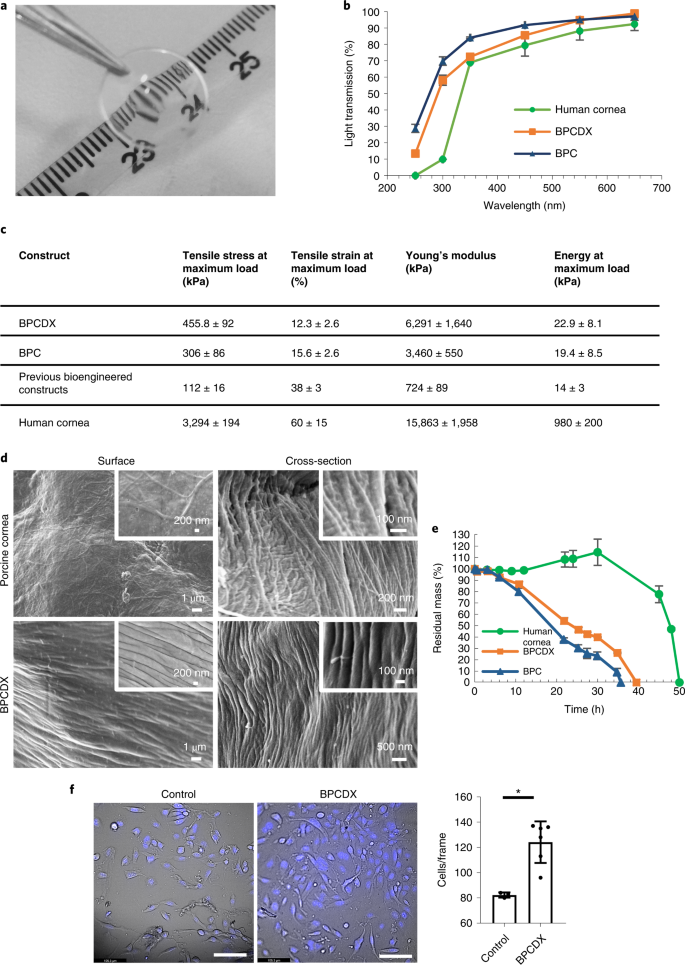スズメガの移動中に一緒に飛ぶことで、昆虫が脊椎動物と同様の高度な飛行戦略を持っていることが明らかになった By flying with hawkmoths during migration, scientists reveal the insects employ sophisticated flight strategies similar to vertebrates
2022-08-08 マックス・プランク研究所

The moths are extremely large for flying insects, weighing up to 3.5 grams, and were fixed with tiny radio tags weighing 0.2 grams—less than 15 percent of adults’ body weight.
© MPI of Animal Behavior/ Christian Ziegler
この研究は、移動中の個体を詳細に追跡することで、昆虫が長距離移動中に何をするのかという100年来の謎を解き明かすものです。
今回の研究は、無線タグを付けた個体を軽飛行機で追跡したもので、夜行性で移動する昆虫を野外で継続的に調査した初めての例であり、これまでで最も長い距離を連続的に追跡した昆虫である。
この研究により、スズメガが長距離にわたって正確に直進軌道を維持し、不利な風条件に対抗・修正する高度な戦略を採用していることが確認されました。この発見は、昆虫が正確な航行ができることを明らかにし、内部のコンパスが長旅を導いていることを確認した。
<関連情報>
夜間移動する蛾の個体追跡による長距離飛行経路の制御 Individual tracking reveals long-distance flight-path control in a nocturnally migrating moth
Myles H. M. Menz,Martina Scacco,Hans-Martin Bürki-Spycher,Hannah J. Williams ,Don R. Reynolds,Jason W. Chapman,Martin Wikelski
Science Published:11 Aug 2022
Staying on course
We still know little about how many migrating species navigate across vast distances. This is especially true for invertebrates, which are challenging to monitor. However, new technologies leading to extremely light, animal-mounted tags are opening up new research avenues in this area. Menz et al. used such tags to track the flight of death’s-head hawkmoths that migrate between Europe and sub-Saharan Africa. They found that the moths were able to correct to their specific course even in the face of disruptive winds and high mountains. This work suggests that the moths are not merely passively moving in the right direction, but instead actively navigating based on an internal map or compass. —SNV
Abstract
Each year, trillions of insects make long-range seasonal migrations. These movements are relatively well understood at a population level, but how individual insects achieve them remains elusive. Behavioral responses to conditions en route are little studied, primarily owing to the challenges of tracking individual insects. Using a light aircraft and individual radio tracking, we show that nocturnally migrating death’s-head hawkmoths maintain control of their flight trajectories over long distances. The moths did not just fly with favorable tailwinds; during a given night, they also adjusted for head and crosswinds to precisely hold course. This behavior indicates that the moths use a sophisticated internal compass to maintain seasonally beneficial migratory trajectories independent of wind conditions, illuminating how insects traverse long distances to take advantage of seasonal resources.


